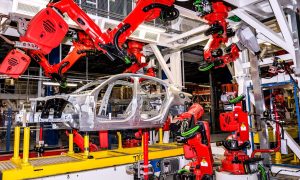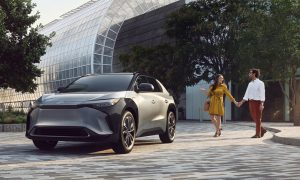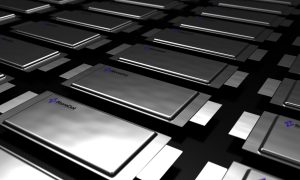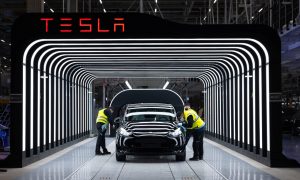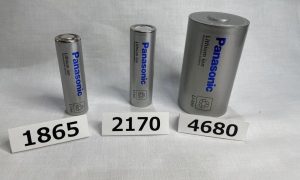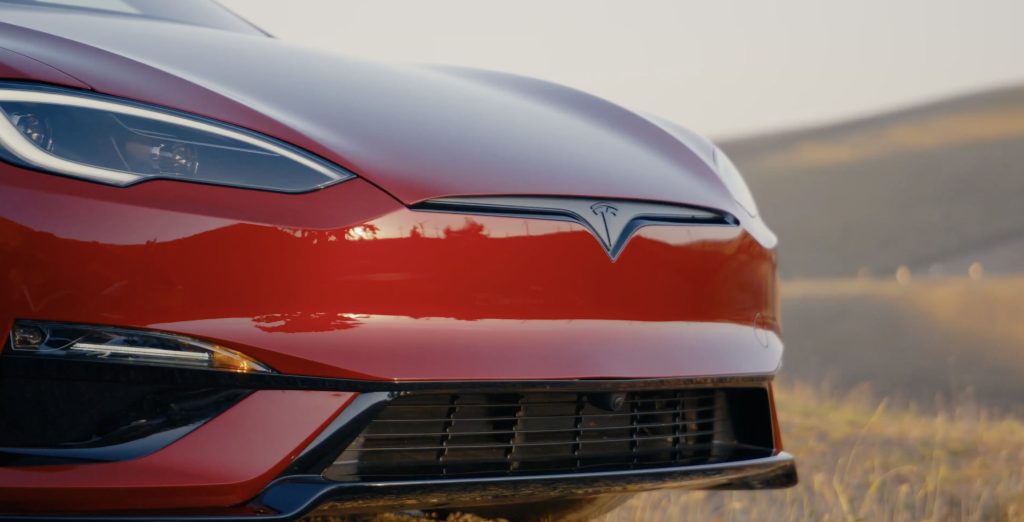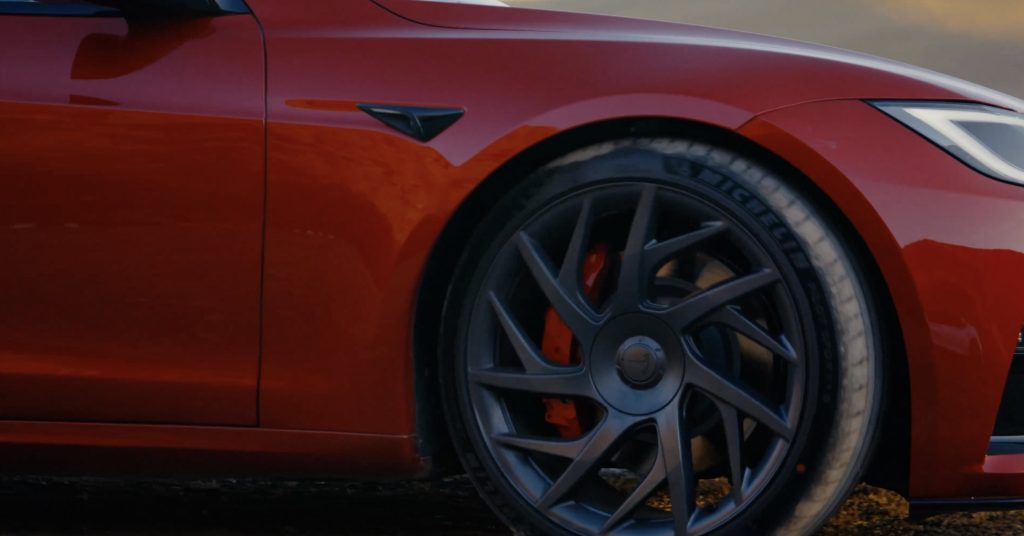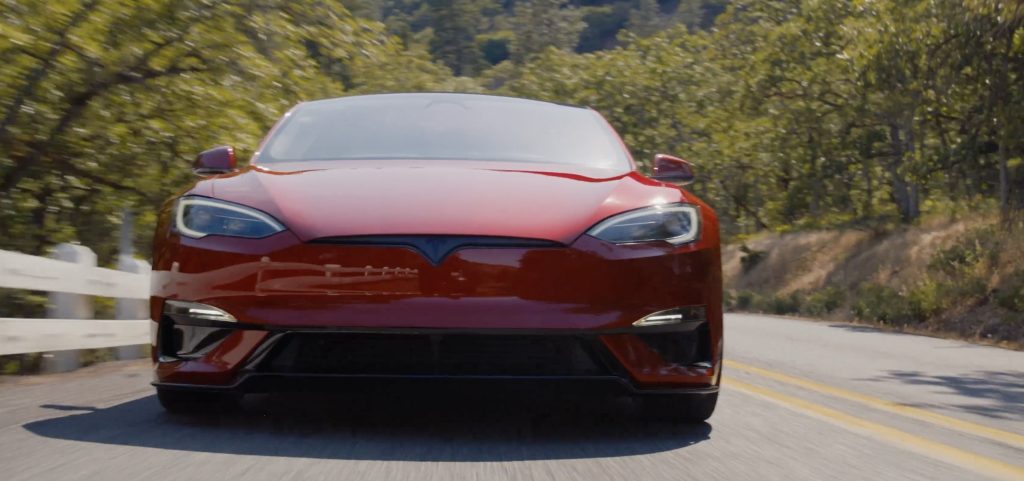Tesla Model S
Charging the Tesla Model S with the HPWC

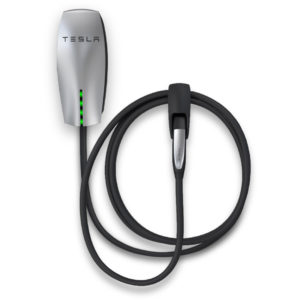 When I was buying my Model S I decided that I didn’t need the High Power Wall Charger (HPWC), but I did go with the dual chargers. At home I regularly charge on a NEMA 14-50 which gives me about 28 miles per 1 hour of charge, but with the onboard dual chargers it’s possible to double that rate provided you’re using the proper charger.
When I was buying my Model S I decided that I didn’t need the High Power Wall Charger (HPWC), but I did go with the dual chargers. At home I regularly charge on a NEMA 14-50 which gives me about 28 miles per 1 hour of charge, but with the onboard dual chargers it’s possible to double that rate provided you’re using the proper charger.
My office is across the street from the Tesla store in Natick, MA and they have free charging available in 6 parking spots with a couple of HPWCs a short walk away. The other day I skipped my nightly charge and parked in one of the HPWC spots at the mall for a charge the next morning.
Tesla HPWC
The HPWC does not require any special adapters or additional cables and simply plugs into the Model S. It charges at up to 80A when equipped with the Model S dual chargers, but even without it things still work – just at half the charge rate. That’s what I love about the Tesla. Even if you know nothing about voltages, amperages and watts, things just work. Just plug, play and Tesla manages the rest.
Charging
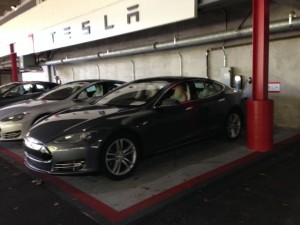 Unlike the Tesla Supercharger which uses a direct current (DC) that bypasses the onboard chargers, the HPWC uses a more traditional alternating current (AC) approach, but with a very high amp draw.
Unlike the Tesla Supercharger which uses a direct current (DC) that bypasses the onboard chargers, the HPWC uses a more traditional alternating current (AC) approach, but with a very high amp draw.
There are very few public chargers out there that can charge at over 40A, and the ones that do probably don’t have a Tesla Model S adapter such as the CHAdeMO.
Editor’s note: Tesla Motors loaned PlugShare a custom CHAdeMO to Model S adapter for their epic 12,000+ mile journey.
The Model S has the ability to charge at different amperages depending on your setting. The rate is limited by both your car’s ability (40A or 80A for single or dual chargers respectively) and the maximum draw allowed by your power source. Make sure your charge rate is set to the highest limit before plugging into a HPWC in order to maximize your rate of charge. The charge rate settings should be auto-memorized by the vehicle based on your GPS location.
Charge Rate
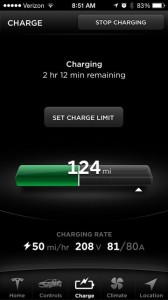 After I confirmed that the car was charging, I walked to my office while monitoring my state of charge through the iOS app. It reported the charge rate to be about 50 miles/hour (208v at 81A) which confirmed that my dual chargers were working since I was charging twice as fast as my home NEMA 14-50.
After I confirmed that the car was charging, I walked to my office while monitoring my state of charge through the iOS app. It reported the charge rate to be about 50 miles/hour (208v at 81A) which confirmed that my dual chargers were working since I was charging twice as fast as my home NEMA 14-50.
To validate the rate of charge I timed the charge and recorded the reported rated range. I started charging at 8:30am and stopped at 11:07 AM (a 90% charge limit was set). I went from 106 miles of rated range to 240 miles of rated range. So I added 134 miles in 2.6 hours for an actual charge rate of 51.2 miles/hour.
I’ve heard about charge rates tapering off as your near the upper limits of your charge, but in my case it charged at the same rate all the way to a 90% limit. I’m assuming that the charge rate begins to slow down after the 90% mark, but unfortunately I didn’t have a chance to confirm that this time around.
Summary
My main goal was to be able to test my onboard dual chargers – something I debated long and hard on when ordering my Model S. I wanted to see them in action and gain peace of mind that they’re there and ready for fast charging if I should one day need it while on the road without access to a Tesla Supercharger.
The HPWC worked great and provided a high rate of charge that was twice the speed of my home NEMA 14-50. But even with that I still don’t think a HPWC at home is really needed.
Also see: Every New Tesla Owner’s Dilemma: Dual Chargers vs High Power Wall Connector (HPWC)
News
Tesla confirms massive hardware change for autonomy improvement
Tesla has confirmed that a recent change made to some of its recently refreshed vehicles is, in fact, a strategy it will use to improve its suite as it continues to work toward autonomy.
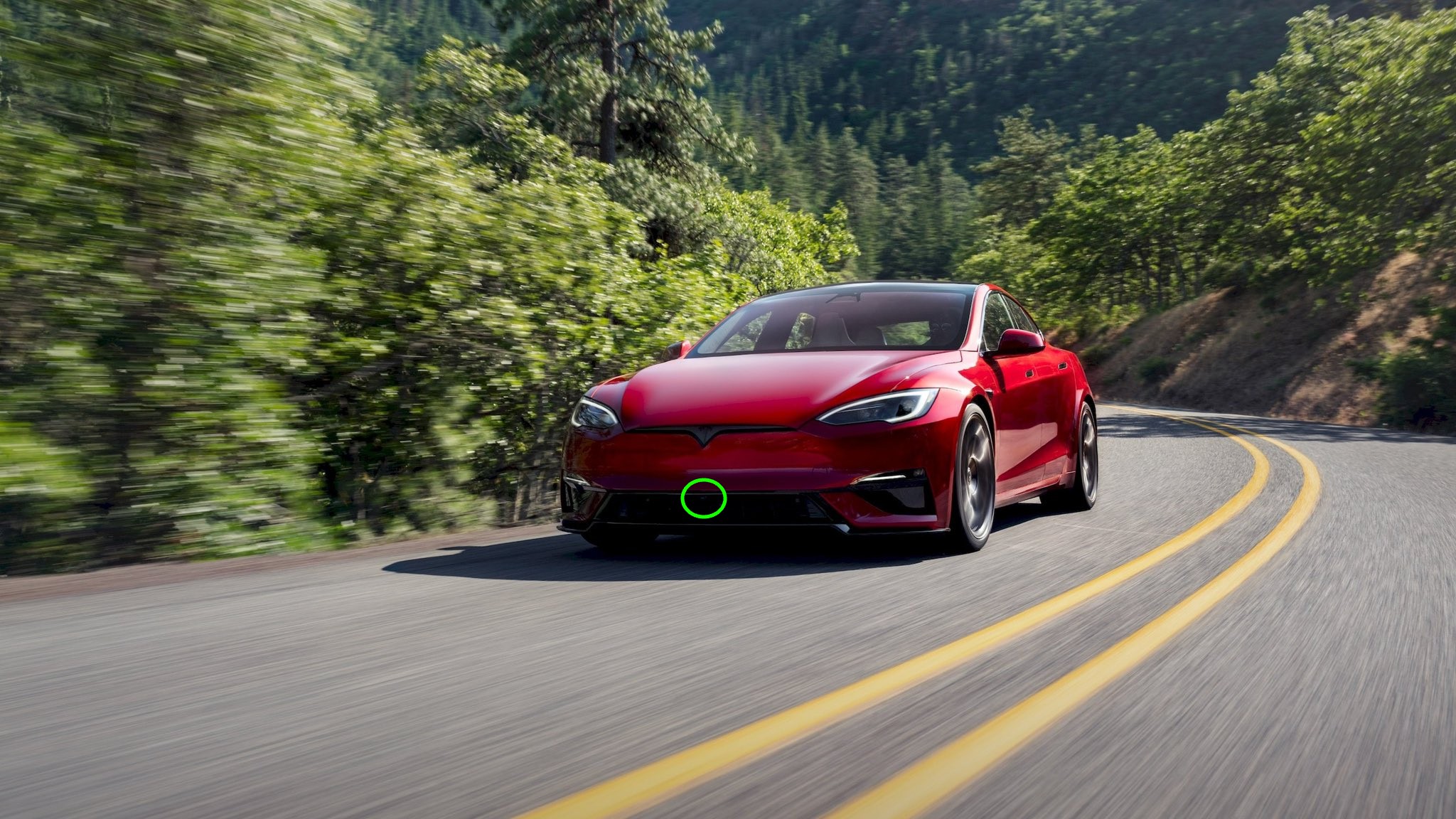
Tesla has confirmed that a recent change made to some of its recently refreshed vehicles is, in fact, a strategy it will use to improve its suite as it continues to work toward autonomy.
Tesla first introduced a front-facing camera on the front bumper with the Cybertruck.
Then, the Model Y “Juniper” received the hardware update. The Model S and Model X both received the front-facing camera with its latest update, which was officially revealed last week.
Tesla used new language with the release of the front-facing cameras on the Model S and Model X, confirming they will assist with several things, including “using Autopilot and Actually Smart Summon capabilities”:
“Enhanced visibility when parking or using Autopilot and Actually Smart Summon capabilities.”
This tiny feature on the new Tesla Model Y is perhaps its biggest addition
This is the first time Tesla has used this sort of language, as it was a completely different description with the launch of the new Model Y in January.
When Tesla launched this vehicle, it said the front bumper camera “provides a wider field of view for automatic assisted driving and advanced Smart Summon.”
Tesla switched from using cameras and sensors to only cameras with the launch of Tesla Vision several years ago. The company’s utilization of cameras comes from Tesla’s belief that Ultrasonic Sensors (USS) are not needed for self-driving efforts:
“Along with the removal of USS, we simultaneously launched our vision-based occupancy network – currently used in Full Self-Driving (FSD) (Supervised) – to replace the inputs generated by USS. With today’s software, this approach gives Autopilot high-definition spatial positioning, longer range visibility and the ability to identify and differentiate between objects. As with many Tesla features, our occupancy network will continue to improve rapidly over time.”
CEO Elon Musk has said that sensors were only a crutch and that self-driving would be solved through the use of cameras:
“When your vision works, it works better than the best human because it’s like having eight cameras, it’s like having eyes in the back of your head, beside your head, and has three eyes of different focal distances looking forward. This is — and processing it at a speed that is superhuman. There’s no question in my mind that with a pure vision solution, we can make a car that is dramatically safer than the average person.”
News
Tesla launches new Model S and Model X, and the changes are slim
Tesla’s newest versions of its flagship vehicles have arrived with some slim changes.
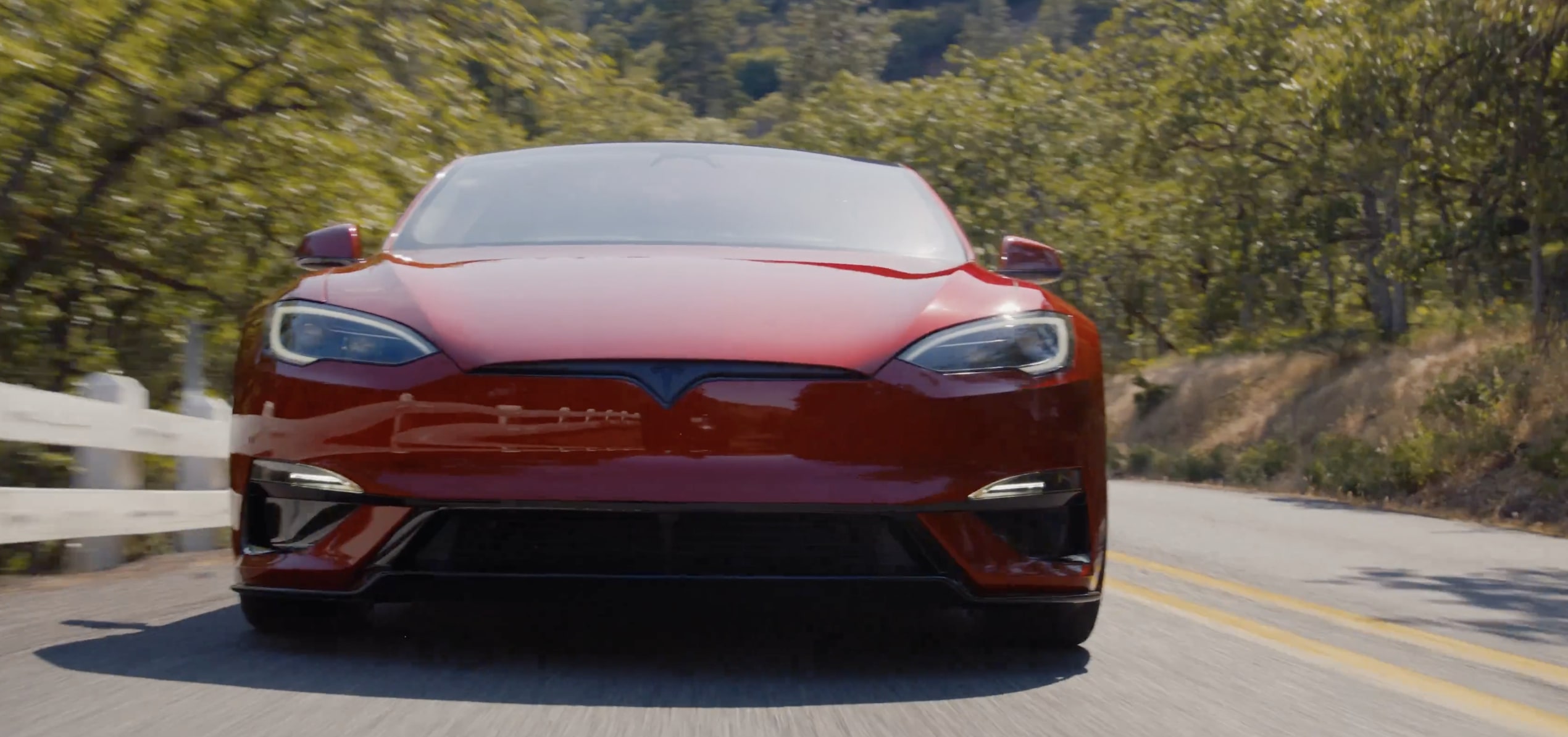
Tesla has officially launched the newest versions of its flagship Model S and Model X vehicles, but the changes are pretty slim, which is something we expected when a couple cars were spotted during public testing recently.
The new “refreshed” Model S and Model X were spotted recently by The Kilowatts, and the changes appeared to be a new front camera, a new color, and only a handful of other changes.
Tesla officially announced the launch of the Model S and Model X on Thursday night, and here’s what it listed as the changes to the two vehicles:
Model S & X are now even better – launching today in the US 🇺🇸
Highlights:
– Frost Blue paint color
– Up to 410 miles of range (Model S Long Range – our longest range Tesla yet)
– Even quieter inside: less wind + road noise & more effective Active Noise Cancellation
– New… pic.twitter.com/i4PcEklOWj
— Tesla (@Tesla) June 13, 2025
- Frost Blue paint color
- Up to 410 miles of range (Model S Long Range – our longest range Tesla yet)
- Even quieter inside: less wind + road noise & more effective Active Noise Cancellation
- New wheel designs & improved aerodynamics = more range
- Front fascia camera for better visibility
- Dynamic ambient lighting that brings unique animations along the dash & doors upon entry
- An even smoother ride thanks to new bushings & suspension design
- Adaptive driving beams
- New exterior styling for Model S Plaid, optimized for high-speed stability
- More space for 3rd row occupants & cargo (Model X)
We expected most of these changes, especially the new Frost Blue paint color, as it was spotted by The Kilowatts in its initial coverage of the cars being spotted a few weeks back. Here’s what it looks like officially:
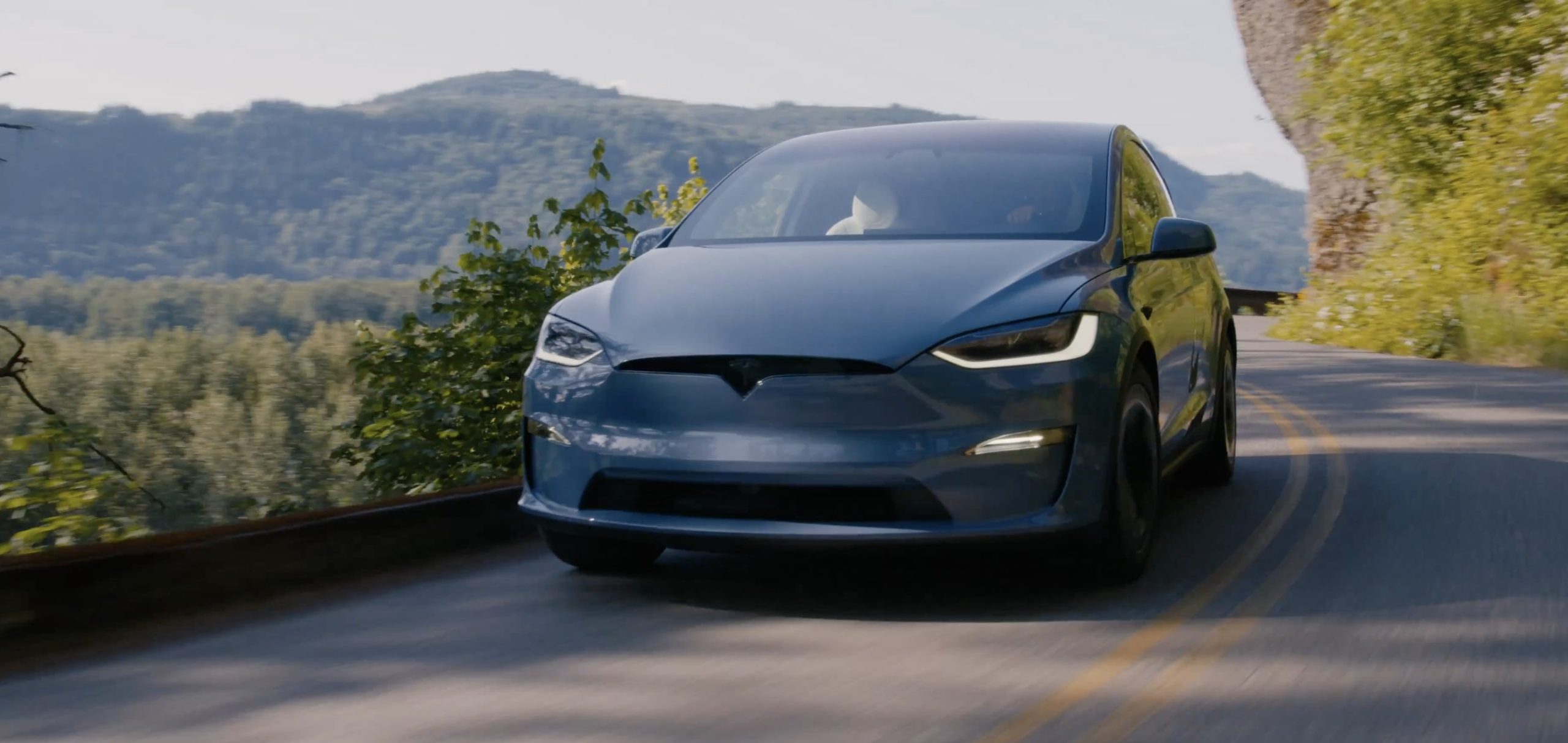
Some of the changes are familiar from the Model Y Refresh, which featured the quieter interior through acoustic-lined glass, a front fascia camera, new bushings, and suspension improvements for a smoother ride.
However, Tesla did refine the Model S Plaid’s exterior for “optimized high-speed stability.” You can see the difference between the two below:
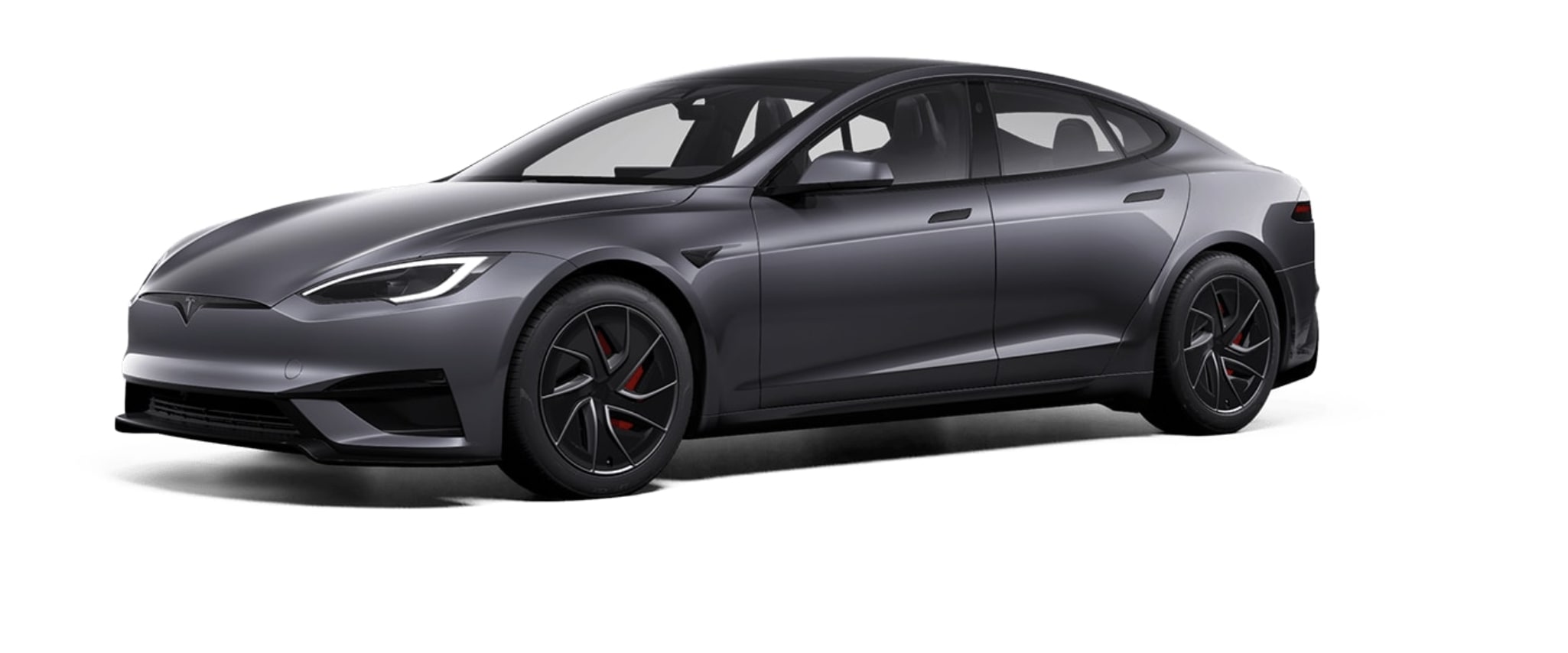
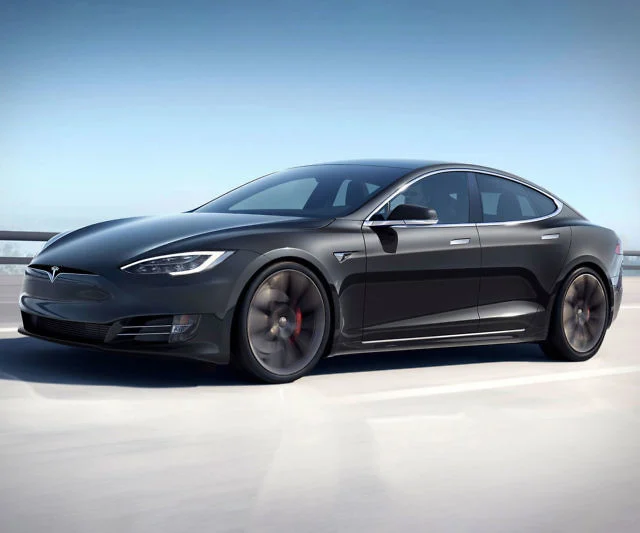
The front-end air diffusers are much deeper, and the front end is more boxy than the previous iteration of the Plaid Model S.
Here are some more images of the Model S that Tesla released in a teaser video:
- Credit: Tesla
Tesla sells such a low volume of the Model S and Model X that it was probably less than likely that the company would put endless manpower and effort into completely redesigning it. CEO Elon Musk said a few years ago that the two cars would only stay in production for “sentimental reasons.”
While they are very special to the Tesla family, they are not incredibly important to the mission of the company.
News
Tesla teases new color while testing refreshed Model S, X
Tesla teased a new color that could be coming to the United States with the new Model S and Model X.
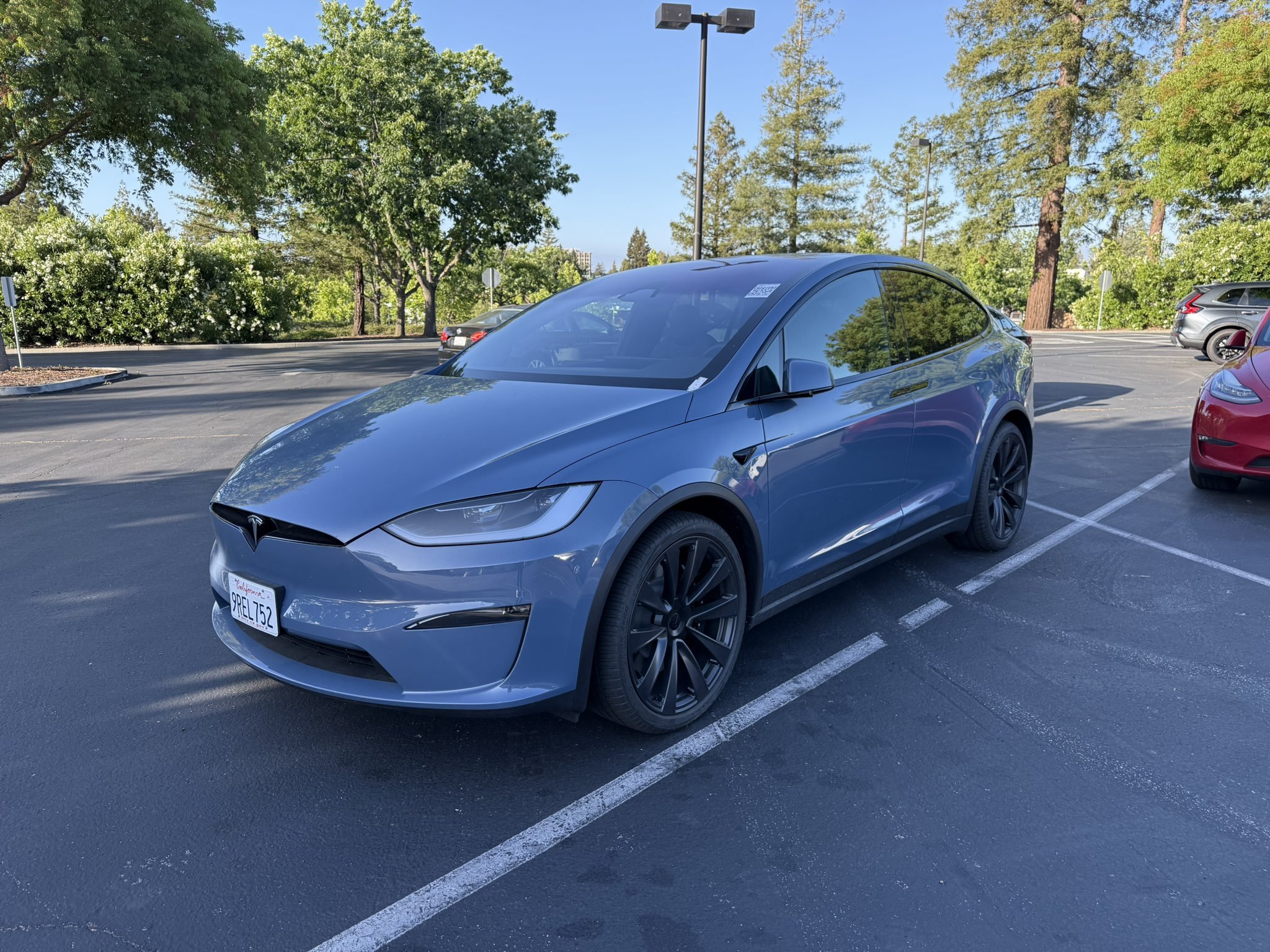
Tesla appears to be teasing a brand new color while it was testing the refreshed Model S and Model X, which was spotted last week in California.
Tesla currently offers six paint options in the United States, but they are all pretty basic. This has not been a problem for owners as wrapping the vehicles is a common practice, but some people would likely see more versatility from Tesla in terms of their standard paint colors.
This is especially relevant as Europe has been able to have both Midnight Cherry Red and Quicksilver, which were, at one time, exclusive to the market.
Quicksilver made its way to the United States, and Tesla did release a new Red last year with “Ultra Red,” but Midnight Cherry Red never made its way outside the walls of Gigafactory Berlin.
Last week, as the first spy images of the new Model S and Model X were taken and released by The Kilowatts, there was a very noticeable difference with the vehicle, as other changes seemed to be relatively underwhelming: a new paint color.
New factory blue, coming soon to a Model X near you pic.twitter.com/3CuN4j1ipq
— The Kilowatts 🚗⚡️ (@klwtts) May 22, 2025
Many believed this was simply a wrap, but Ryan Levenson of The Kilowatts, a former Tesla employee, dispelled that rumor after several questions about it.
He said that this is absolutely a factory paint color and not a wrap:
New color too! If you know what you’re looking for you know that this is factory paint and not a wrap. pic.twitter.com/jBYrimZIQT
— The Kilowatts 🚗⚡️ (@klwtts) May 22, 2025
More images were shared by @supergeek18 on X:
New paint color for Model S/X 🤩 pic.twitter.com/Pb27JruhXs
— Henry (@supergeek18) May 24, 2025
Tesla released a new color earlier this year, but it was just a revision to Black, now called “Diamond Black,” featuring speckles that give a reflection and refraction of light as a diamond would.
However, this new color is certainly quite different than anything Tesla has previously offered in the U.S. before. It is relatively similar to Glacier Blue, a color Tesla launched in Asia. Earlier this year, Franz von Holzhausen, Tesla’s Chief Designer, talked about bringing the color to the U.S.:
“Glacier Blue is just a color that we’ve been talking about with our team — the team is like right through that window by the way — and we were looking at the impact of silver, how do we get pigment into silver and really add a little bit of personality to it. If you look at our palette, you know it was either darks or white, and so we were looking for something in between. Blue is always a fairly popular color.”
It would be a refreshing addition to the options Tesla currently offers, and a breath of fresh air for those who have been wanting a different look altogether.
-

 Elon Musk23 hours ago
Elon Musk23 hours agoTesla investors will be shocked by Jim Cramer’s latest assessment
-

 News6 days ago
News6 days agoTesla Robotaxi’s biggest challenge seems to be this one thing
-

 News2 weeks ago
News2 weeks agoTesla’s Grok integration will be more realistic with this cool feature
-

 Elon Musk2 weeks ago
Elon Musk2 weeks agoElon Musk slams Bloomberg’s shocking xAI cash burn claims
-

 News2 weeks ago
News2 weeks agoTesla China roars back with highest vehicle registrations this Q2 so far
-

 News2 weeks ago
News2 weeks agoTexas lawmakers urge Tesla to delay Austin robotaxi launch to September
-

 News2 weeks ago
News2 weeks agoTesla dominates Cars.com’s Made in America Index with clean sweep
-

 Elon Musk1 week ago
Elon Musk1 week agoFirst Look at Tesla’s Robotaxi App: features, design, and more


